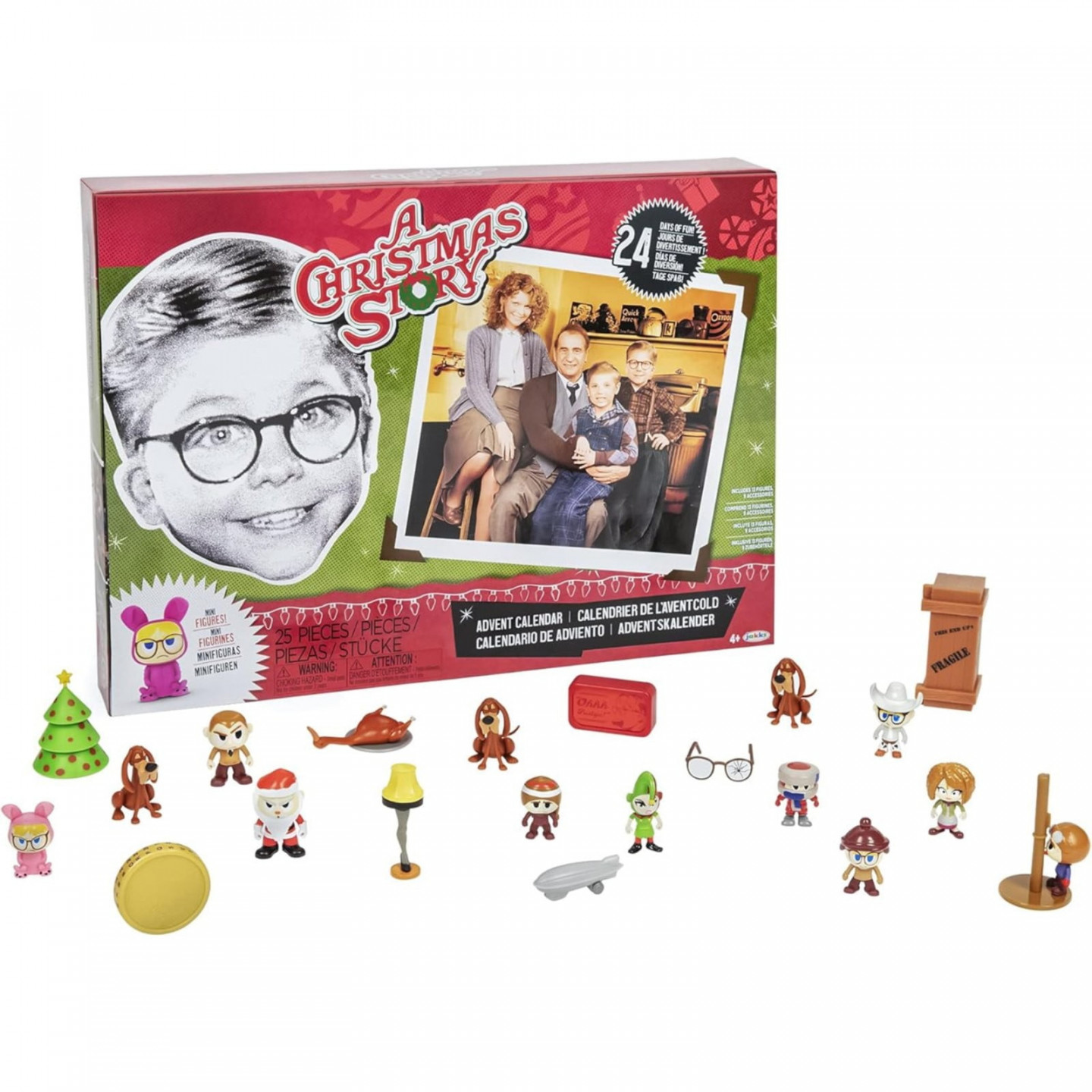The Cozy Countdown: Unpacking the Advent Calendar Christmas Story
Let’s dive into that delightful tradition that builds anticipation like no other: the advent calendar. You’ve probably seen them hanging on walls or sitting on mantels, little doors hiding sweet treats or tiny trinkets. But there’s a bit more to them than just a daily dose of December delight.

Simply put, an advent calendar is a special calendar used to count down the days leading up to Christmas. The word “advent” itself comes from the Latin word “adventus,” meaning “coming” or “arrival.” In the Christian tradition, Advent is the period of four Sundays and the weeks leading up to the celebration of the birth of Jesus Christ on Christmas Day. So, the advent calendar visually and tangibly marks this period of waiting and anticipation.
Think of it as a little daily surprise that helps build excitement for the big day. Instead of just knowing Christmas is coming “sometime in December,” the advent calendar provides a concrete way to track the passage of time, making the wait feel a little less long and a lot more fun.
Most advent calendars are designed with a series of numbered doors or compartments, typically one for each day from December 1st up to December 24th (Christmas Eve). Each day, starting on December 1st, you open the corresponding door to reveal a small surprise.
These surprises can vary greatly. Traditionally, they were often simple pictures or Bible verses related to the Christmas story. Over time, they’ve evolved to include all sorts of treats:
Chocolates and candies: These are probably the most common and universally loved surprises.
The act of opening a door each day becomes a small ritual, a moment of anticipation and a tangible reminder that Christmas is drawing nearer.
While there isn’t one single “advent calendar Christmas story” in the narrative sense, the tradition itself is deeply intertwined with the spirit and story of Christmas. The Advent season is a time of reflection, preparation, and anticipation for the arrival of Jesus. The daily opening of the calendar can serve as a small, tangible way to engage with this period.
Historically, the origins of the advent calendar are traced back to 19th-century Germany. While the exact beginnings are a bit hazy, it’s believed that families would mark the days leading up to Christmas in various ways, such as lighting a candle each day, drawing chalk lines on the door, or hanging up religious pictures.
The first commercially printed advent calendar is credited to Gerhard Lang in the early 1900s. His mother had made him a calendar with 24 small pictures attached to cardboard. As an adult, he developed this idea into a printed calendar with little doors that could be opened. These early calendars often featured religious imagery.
Over time, the advent calendar evolved and spread to other parts of the world, becoming a popular secular tradition as well. While the religious significance of Advent remains for many, the advent calendar has also become a beloved part of the broader Christmas festivities, regardless of religious belief. It’s a fun way for families to connect, build excitement, and enjoy the countdown together.
The “problem” isn’t that we need a solution for the advent calendar itself, but rather understanding its purpose and embracing the joy it brings. It’s a simple yet effective way to:
Build anticipation: The daily reveal creates a sense of excitement for Christmas.
While chocolate-filled calendars are incredibly popular, the world of advent calendars has expanded dramatically. You can now find calendars catering to all sorts of interests:
Food and Drink: Gourmet chocolates, cheeses, wines, beers, spices, and even hot sauces.
The possibilities are truly endless, reflecting the diverse ways people celebrate the holiday season. You can even create your own DIY advent calendar, filling it with personalized treats and messages for your loved ones.
The advent calendar, in its various forms, is more than just a countdown to Christmas. It’s a symbol of the anticipation, the small joys, and the traditions that make the holiday season so special. Whether it holds a simple piece of chocolate or a more elaborate gift, each little door opened brings us one step closer to Christmas Day, filling the days with a touch of magic and reminding us of the festive spirit that surrounds this time of year. It’s a simple yet powerful way to embrace the “coming” of Christmas and savor each day of the journey.


